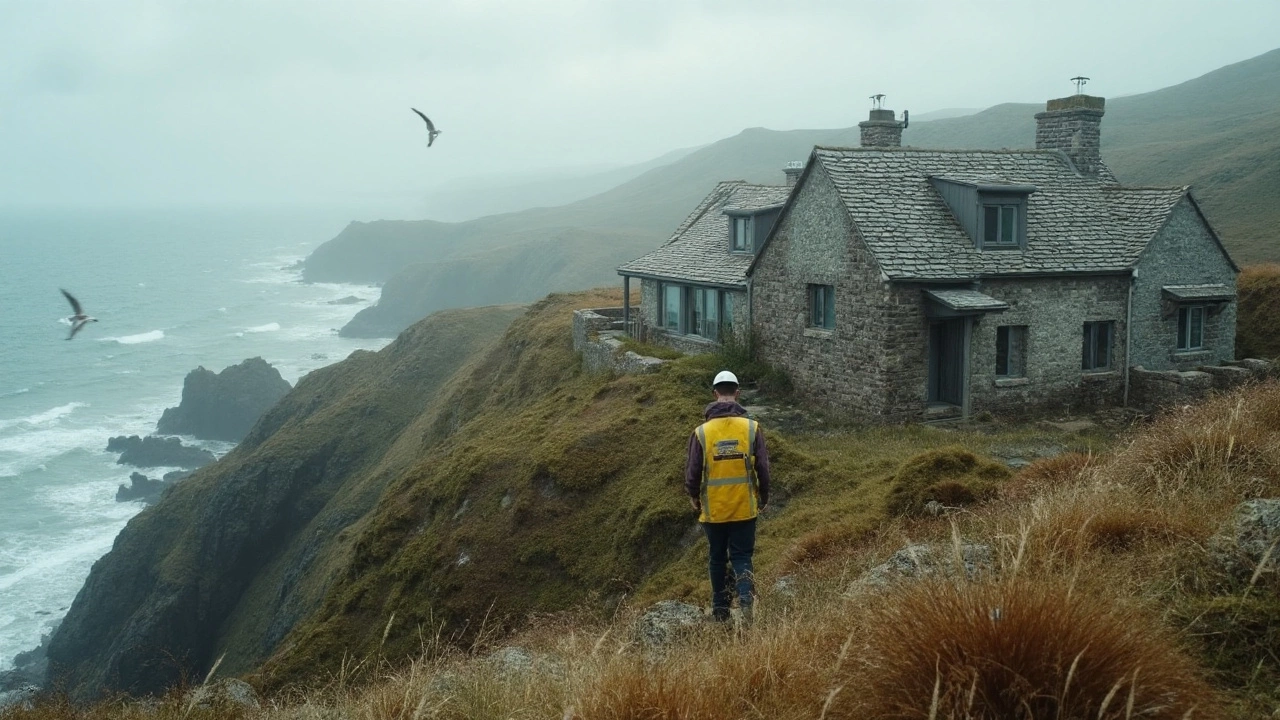Longest Lasting Building Materials: Your Quick Guide
When you build a home or a commercial project, you want it to stay solid for decades, not just a few years. Picking the right material can save you from costly repairs, like those foundation cracks we see in the posts about “How Big of a Foundation Crack Is Serious?” and “Horizontal Foundation Crack Repair Cost.” Let’s break down what makes a material last and which options give you the best bang for the buck.
What Makes a Material Last?
Durability isn’t magic – it’s a mix of strength, resistance to water, temperature changes, and how the material ages. A long‑lasting material usually has a high compressive strength (good for holding weight), low permeability (keeps water out), and can handle freeze‑thaw cycles without cracking. Maintenance matters too; something that needs regular painting or sealing will wear faster than a low‑maintenance option.
Think of cement used in foundation repair – the post “Best Cement Types for Foundation Repair” talks about choosing the right mix. The same principle applies to any material: pick the formula that matches the local climate and the load it will carry.
Top Picks for Longevity
Concrete – Modern concrete, especially when reinforced with steel, is a heavyweight champion. Properly mixed and cured, it resists moisture and pests. Add a sealant and you’ve got a floor, slab, or foundation that can last 100+ years.
Steel – High‑grade structural steel stands up to heavy loads and wind forces. Corrosion‑resistant alloys or protective coatings keep it from rusting, making it a favorite for skyscrapers and bridges.
Brick & Stone – Fired brick and natural stone have been used for centuries. They handle heat, moisture, and UV exposure without losing integrity. A brick wall can outlive a house built with cheaper materials.
Engineered Wood – When you need wood’s look but want more durability, engineered options like cross‑laminated timber (CLT) are a smart bet. They’re less prone to warping and can handle higher loads than regular timber.
Fiber‑Reinforced Polymers (FRP) – These high‑tech composites are gaining traction for corrosive environments, like coastal projects. They’re light, strong, and don’t rust.
Each of these choices shines in different scenarios. For a new build home in a wet climate, a concrete slab with a waterproof seal works great. For a commercial warehouse, steel framing with a protective coating keeps the structure solid for decades.
It’s also worth checking the raw material list in the post “5 Primary Raw Materials Essential for Construction and Manufacturing.” Those basics – cement, sand, aggregate, steel, and timber – form the backbone of most long‑lasting builds. When you source high‑quality versions, you’re already ahead.
Finally, don’t forget the installation quality. Even the toughest material can fail if it’s laid poorly. Hiring experienced contractors, like the ones highlighted in “Commercial vs. Non‑Commercial” or “Architectural Services Explained,” ensures the material is used correctly the first time.
Bottom line: pick a material that matches your climate, load requirements, and maintenance willingness. Concrete, steel, brick, engineered wood, and FRP are the heavy hitters for lasting projects. Pair them with good workmanship and you’ll build something that stands the test of time.

